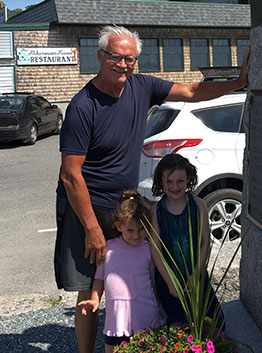1. The election of Doug Jones in Alabama last night was, with no hyperbole, historic.
2. African American voters were once again front rankers in the struggle for decency, democracy, and freedom.
3. A multi-racial, socially and politically diverse, democratic minded coalition brought Jones across finish line.
4. The enthusiasm factor can’t be underestimated. One side was energized; the other limped along.
5. No joy in White House today, Trump rebuked, and Republicans across the country got to be re-calibrating the way forward.
6. If we are going to upbraid the Democrats in defeat then we should — to be fair and consistent — extend praise to them in victory. I don’t know the full story, but it strikes me that they did a bunch of things right in the victorious campaign of Jones.
7. Jones’ acceptance speech notably ended with a quote from MLK.
8. His election will continue the continuing erosion of Trump’s coalition.
9. Trump’s coalition is an aging one, while the anti-Trump coalition is much younger, as demonstrated again last night. College voters, including at the Auburn and Alabama campuses, voted for Jones by a large margin.
10. It will be interesting to see how the political dynamics within the GOP and between the GOP and Trump will change in the wake of last night’s election loss.
11. Trump’s favorables to unfavorables in Alabama, as reported by MSNBC, were dead even — 48 to 48. That surprised me when I heard it on early on election gay, but it also made me much more hopeful, if not confident, that Jones could emerge the winner later in the evening.
12. Yesterday’s victory is reminder of the importance of a broad and flexible approach to next year’s elections. Only a coalition of the many, the varied, the decent, and the multi-racial has the wherewithal to elect a Democratic Congressional majority next fall.
13. Jones’ victory is also a reminder that creeping authoritarian rule isn’t unstoppable. I say that in reaction to a number of recent articles that pessimistically wonder if anything can halt Trump’s march to full blown authoritarian rule.
14. It is hard to argue that white working class men who voted for Roy Moore and still support Trump are motivated by economic discontent. Moore’s political identity in the public mind isn’t wrapped around economic fairness to say the least, while Trump economic agenda has been overwhelmingly to the advantage of corporations and the wealthy.
15. It is an egregious mistake not to acknowledge that racism, along with sexism and nativism, are the main mobilizing instruments of Trump and the right — Moore’s campaign no exception — in their appeal to white voters. Lift up economic issues heading into next year’s elections for sure, but it can’t be at the expense of the struggle against these reactionary, oppressive, and divisive ideologies and practices.



